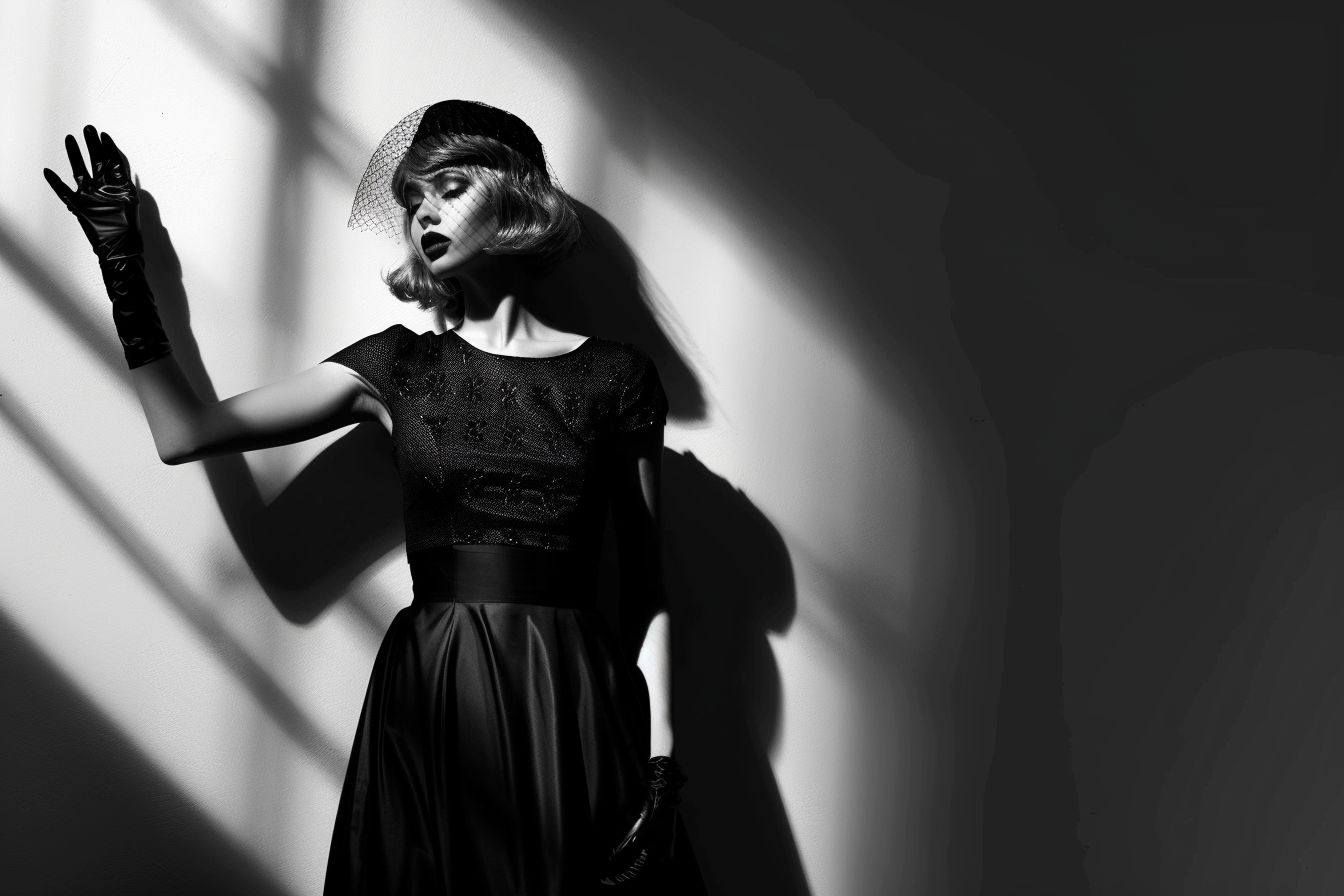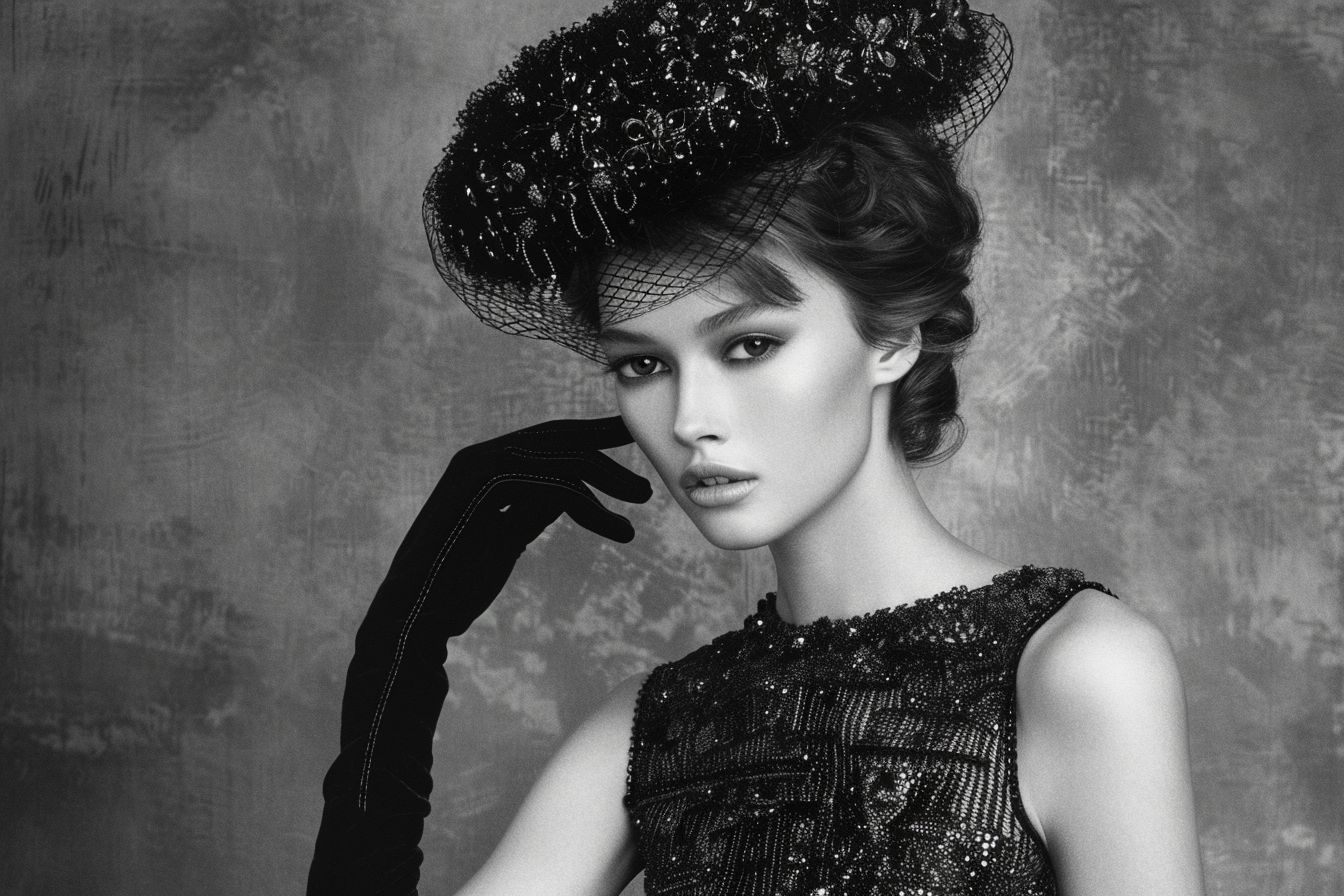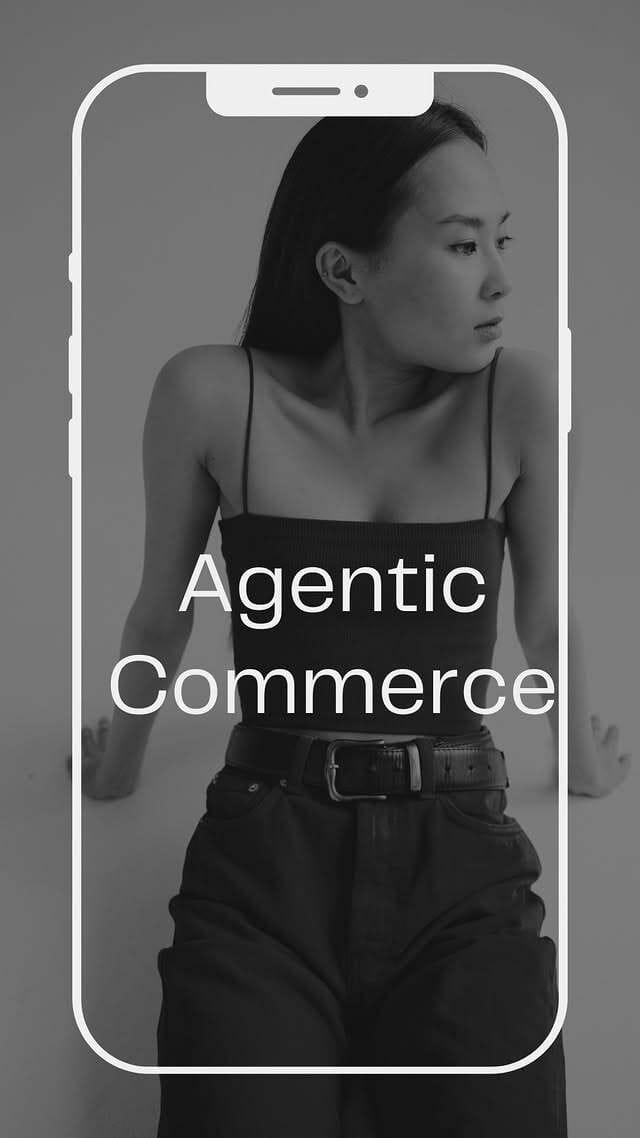- Fashion {NUT}: Weekly AI Briefings
- Posts
- The Algorithm wears
The Algorithm wears

The hottest intern in fashion right now doesn’t sleep, doesn’t eat, and has perfect taste recall.
It’s not a prodigy from Central Saint Martins — it’s an algorithm.
Across Paris and Milan, design teams are quietly feeding decades of runway images, campaign videos, and sketches into AI systems. The goal: teach machines their house “DNA” before the internet trains it for them.
LVMH calls theirs an AI Factory. Hugo Boss built a €15M data campus. And rumor has it, half the major houses now have private “style models” trained only on their archives.
This isn’t about replacing designers. It’s about bottling taste.
Because in 2025, luxury isn’t just about who makes the clothes — it’s about who owns the aesthetic code behind them.
The fashion world isn’t being disrupted by AI.
It’s being curated by it.
Inside this issue:
✅ Cover Story: The Algorithm Wears Prada — fashion’s quiet race to own AI-trained taste
✅ Swipe File: LVMH’s invisible taste engine — why internal AI matters more than trends
✅ Spotlight: Versace’s crowd-cast era — identity as the new aesthetic
✅ Fun Fact: Hermès once called e-commerce “vulgar.” Now it sells digital handbags.
🕒 Read time: 2 minutes — about how long it takes an algorithm to learn your brand’s vibe..
The Algorithm Wears Prada
Inside fashion’s quiet race to own AI-trained taste
I once heard a creative director describe her job like this: “I don’t design clothes, I edit possibilities.”
That line stuck with me. Because this year, editing possibilities stopped being a metaphor. It became a workflow.
Across luxury fashion houses, from Paris to Milan to Seoul, designers are feeding decades of lookbooks, runway videos, and brand archives into artificial intelligence systems. The goal? To train machines on what their kind of beauty looks like.
Call it the new couture arms race, not for fabrics or models, but for taste itself.
The New Commodity: Taste
For a century, taste was intangible, a mix of intuition, history, and expensive lighting. Now, it’s data.
AI systems can analyze tens of thousands of looks and learn the invisible patterns behind a brand’s aesthetic: how Prada bends minimalism into eccentricity, how Gucci turns chaos into coherence, how Dior finds grace in geometry.
In the past, copying that required talent. Today, it takes a prompt.
And that has luxury houses quietly panicking. When an open AI model can spit out "Balenciaga-core" faster than a human stylist can moodboard it, the moat isn’t craftsmanship anymore, it’s control of the dataset.
As one LVMH executive put it recently: “Our archives are not just heritage. They are training material.”
Fashion’s AI Factory
LVMH has already built what it calls its AI Factory, a centralized data platform that links 75 brands including Louis Vuitton, Dior, and Fendi into one machine-learning network.
The group uses it to forecast trends, predict supply chain needs, and personalize customer experiences. But insiders say the next frontier is creative intelligence, using AI to interpret brand codes and assist in the design process.
Hugo Boss is following suit. The company announced a €15 million data campus to integrate AI into product development, marketing, and eventually creative direction.
Translation: they’re not just digitizing fashion, they’re institutionalizing taste.
Data Chic Meets Old Couture
If this sounds a little dystopian, like HAL 9000 in a turtleneck, it’s worth remembering that fashion has always been algorithmic.
Every season follows a formula: silhouettes, palettes, materials, and moods calibrated to signal newness while staying recognizable. Designers have long used archives as guardrails. AI just turns those guardrails into code.
But the line between inspiration and imitation is getting thinner.
When an algorithm generates a collection "inspired by" a designer’s work, who owns it? The brand? The coder? The dataset of models whose bodies were scanned?
As legal scholars note, “There is currently no framework defining authorship in AI-assisted fashion design.” Which means the industry’s most valuable IP, its look, is now legally fuzzy.
The Human Filter
Still, no matter how many terabytes of data you feed it, AI doesn’t feel chic.
It doesn’t know that this shade of beige reads “quiet luxury” while that one reads “corporate oatmeal.” It doesn’t understand the confidence of a shoulder seam or the whisper of silk against skin.
Designers do. Which is why they’re not being replaced by AI, they’re being reframed as curators.
As one stylist told me: “AI can generate infinite options. My job is to delete 99.9% of them.”
That deletion is where taste lives. It’s not about what a machine can make, it’s about what a human decides to keep.
The Taste Arms Race
This isn’t just a creative story, it’s a commercial one.
If AI is the new sales assistant whispering product recommendations into every chat interface, then brands need to make sure their voice, not their competitor’s, is the one the algorithm echoes.
That means structured data, metadata, and aesthetic fingerprints matter more than ever.
Brands with organized archives will dominate AI discovery.
Brands with messy digital records will vanish in the machine’s blind spots.
In other words, if your dataset isn’t couture-ready, your future isn’t either.
The Future of Taste
A decade ago, influencer marketing was about people wearing your clothes. Now, it’s about training AIs to think like your brand.
The fashion house of 2030 might sell three things: physical garments, digital avatars, and aesthetic models licensed for AI training.
Imagine "GucciGPT," a brand-trained assistant that designs campaign visuals or styles virtual wardrobes consistent with the house’s vibe.
It sounds futuristic, but we’re already halfway there.
The Final Edit
At a recent industry panel, a creative director said, “AI doesn’t threaten my creativity. It threatens my taste.”
Taste, that mysterious mix of culture, intuition, and risk, used to belong to people. Now it’s a competitive asset locked in servers.
The irony is delicious: after centuries of building mystique around intuition, the fashion world is now trying to quantify it.
In the end, the question isn’t whether AI can learn style. It’s whether we still can.
Swipe File (Real tactics used by real brands)
🚗 New Realm Clo’s Fashion “Traffic Violation” Stunt
Australian streetwear brand New Realm Clo launched a guerrilla marketing stunt in Adelaide: they put fake parking fines on cars’ windshields. The fines were styled like official notices but accused recipients of violating the “Fashion Code” under a fictitious law. The catch: each “fine notice” included a QR code linking to their site. The aim? Drive curiosity, laughs, and social shares.
Some people were annoyed. Others thought it genius. But either way, the stunt got attention. The founders defended it: provoking a reaction is part of standing out in a crowded space.
Why it works:
Context disruption: people rarely expect a “traffic ticket” to critique their outfit.
Low budget, high intrigue: no media buying needed — it spreads by word and social.
Authentic to brand voice: they leaned into irreverence and fashion self-awareness.
Lesson for founders:
You don’t need a new tech gimmick. Use everyday objects (a “ticket,” a sign, a receipt) to momentarily confuse the world — then reveal your brand in that gap.
Spotlight
This week’s pick:
🔍Versace’s Crowd-Cast Era

Versace’s new menswear campaign feels less like a photoshoot and more like a group chat in silk shirts.
The cast Joseph Quinn, Aimee Lou Wood, and a mix of rising creatives marks a shift under Dario Vitale’s direction. Instead of dictating taste, Versace is crowdsourcing identity.
No glossy perfection, just controlled chaos that feels alive, modern, and algorithm-proof.
Why it matters
Fashion used to sell a single vision. Now, it sells a spectrum.
Versace’s move shows that the real luxury isn’t polish — it’s plurality.
For founders, the lesson is clear: don’t cast models, cast a movement.
Because in 2025, the most iconic thing a brand can be is imperfectly human.
I Found this interesting, thought will share it with you
OpenAI literally dropped ChatGPT Prompt Packs for Any Role
11 roles. Bookmark this.
— Min Choi (@minchoi)
3:31 AM • Oct 14, 2025
A Final Note
Fun Fact
🎞️ Fun Fact:
When Hermès launched its first website in 2001, the creative director said online shopping would “cheapen the brand.”
Today, Hermès has a waitlist for digital handbags in Roblox.
Turns out, luxury never disappears — it just respawns in higher resolution.
Let me know what you thought of this edition.Until next time,



